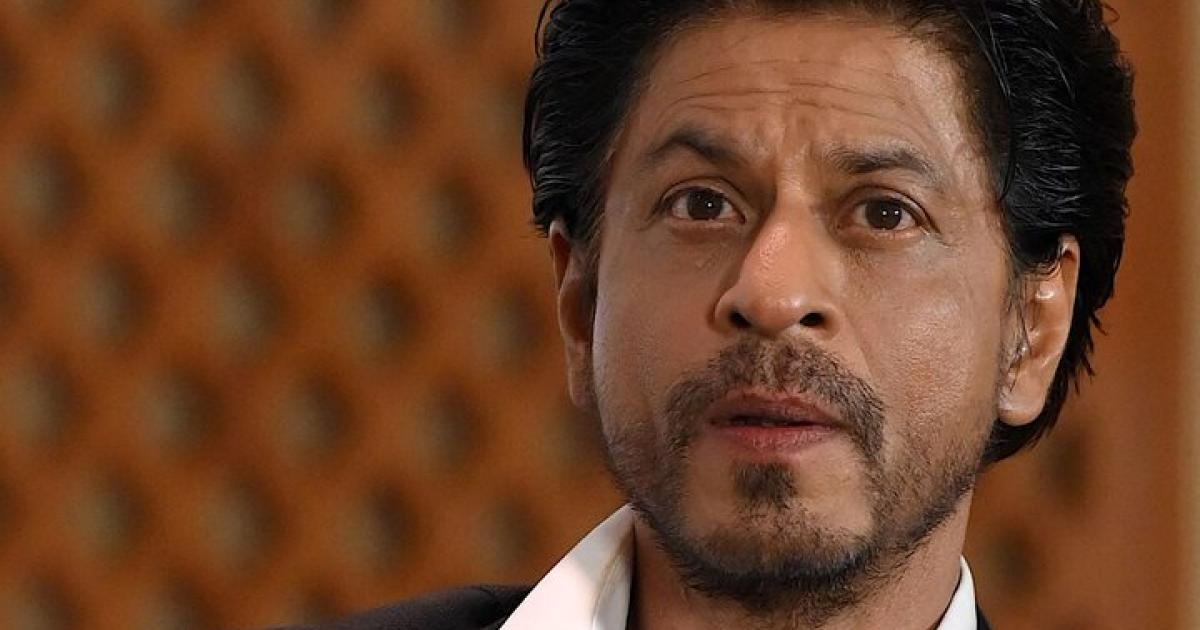Accessories and jewelry give each outfit a unique touch. Since the dawn of time, people have decorated themselves with symbols to convey messages. As a result, jewelry trends have continued to emerge and adapt over time. This article examines the historical origins of jewelry in relation to trends.
Early forms of jewelry: a journey into the past
Many historical records show people carrying bones, feathers and stones. These were the first utensils used to make jewelry. The materials were quite simple and easy to find. Gold jewelry, whether in the form of rings, bracelets or necklaces, has a long history dating back to ancient times. Archaeological findings show that gold was processed in Mesopotamia as early as 4,600 BC.
The Egyptians exploited the first gold mines, while in China goldsmiths and sales have already begun. Till today China buys more gold than any other country in the world. Between 600 and 500 BC, King Croesus ruled what is now Turkey and mined gold. To this day, his name is inextricably linked with unlimited wealth. Little by little, gold became a status symbol. No other material is as popular or as widespread around the world for making high-quality jewelry as this precious metal. The numerous alloys alone allow Gold jewelry in different colors create.
What’s interesting to note is that jewelry can vary greatly between regions and cultures. From ornate Chinese treasures to the opulent pieces of Indian Maharajas, each place had its own style and told its own story. Jewelry says a lot about social status, religious affiliation and individual tastes. History shows that humanity has always found jewelry to have a deeper meaning for many people. Gold jewelry still has this status today and is even appreciated by young people.
Cultural Influences on Jewelry Trends
As the art of blacksmithing became more and more popular around the world, it was primarily worn as a fashion accessory. But that’s not all: in many cultures, this term has a deeper meaning that reflects not only wealth and social status, but also certain traditions.
Wedding jewelry
Wedding jewelry plays an important role in many cultures. In Chinese tradition, it is customary for the bride to receive a golden crown, believed to represent good luck and health. Jade jewelry also has essential significance in the region. Jade amulets and carvings are usually passed down in the family over several generations as talismans. Wedding guests usually gift the bride with gold jewelry.
This applies not only to Central Asia, but also to the entire Orient. The precious metal is intended to ensure that the couple still has something to sell in the event of a financial bottleneck, so that they do not end up in distress. Apply internationally Wedding rings also as a symbol of infinity, it doesn’t matter what material they are made of, but rather the meaning behind it. White gold rings with a personal engraving are very popular.
Native American jewelry
Various indigenous peoples such as the Navajo, Apache or Hopi have worn jewelry during different ceremonies and rituals over generations. Pure, unprocessed natural materials such as shells, feathers or bones were used. Chiefs or high-ranking members of the tribe mainly wore silver and turquoise to distinguish themselves from other members.
Anyone looking at the fashion world can clearly see that feather headdresses and turquoise color accents are popular, especially in summer. The inspiration comes mainly from these indigenous people.
Jewelry and tradition in India
In India, temple decorations are part of tradition. The gods and goddesses of the temples and sanctuaries are decorated with skillfully crafted precious metals. The jewelry mainly consists of heavy chains, but rings, earrings, nose and toe rings are also included. Thus, the nose ring was a predecessor for piercingswhich are still very popular today.
Delicate jewelry is worn by temple dancers. Depending on the region, jewelry processing depends on knitting specifications and materials. This involves specific designs and the number and type of gemstones. At Indian weddings, brides wear a wide variety of jewelry, according to tradition at least 16, spread all over their bodies. Bracelets are particularly important. The bride often adorns herself with a large number of fine gold bracelets, but she always wears them unevenly, both on the left and on the right. This custom is based on the belief that an unequal number of bracelets would ward off bad luck.
Modern interpretations and current trends
Many of the most popular jewelry trends are an interpretation of cultural influences. This results in the following trends:
- Hoop earrings: The hoop earrings trend is said to be original come from the Sumerians. Around 2,500 years ago, people wore hoop earrings because they believed that the ears were the seat of intelligence and therefore especially worthy of protection. The jewelry is supposed to recall the shape of the sun and the moon. To this day, hoop earrings are worn in all shapes and colors.
- Charm bracelets: According to legend, the charm bracelet gets its name from the tradition where wearers receive the pendants as gifts and “beg” for them, so to speak. However, there is also a medieval theory: beggars asked permission to enter a town and symbolically received a coin. They attached it to a simple bracelet and could show it off if necessary. It is not entirely clear which of the two statements is correct. What is certain, however, is that many young people still like to wear these bracelets and give pendants as gifts.
- Pin: Anyone who associates wearing a brooch exclusively with the style of an older woman is mistaken. Many fashionistas are relying more on brooches that really catch the eye and are a must-have piece. Meanwhile, the Byzantine culturewhere many colorful enamel brooches were created due to the oriental influence.
conclusion
Almost all jewelry is part of ancient cultures, customs or traditions. It is very interesting that today, designers still take inspiration from history and use it to create trends. Besides the cultural and traditional components, wearing jewelry also has personal meaning. Everyone has their favorite necklace or maybe a bracelet from a special holiday. Jewelry allows people to evoke memories.

“Unable to type with boxing gloves on. Web maven. Infuriatingly humble creator. Typical tv specialist. Music aficionado. Proud explorer.”






